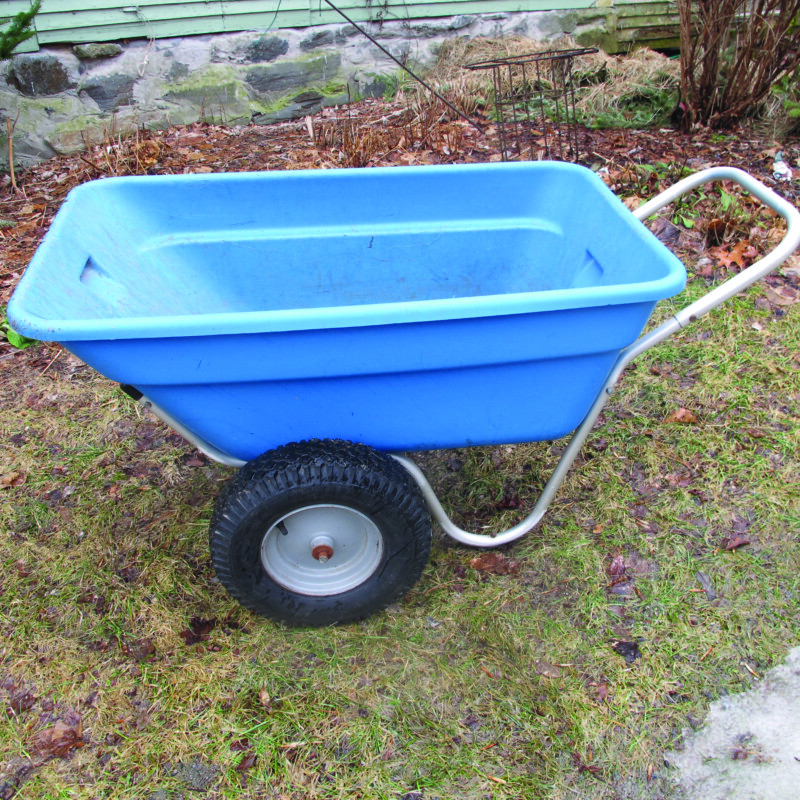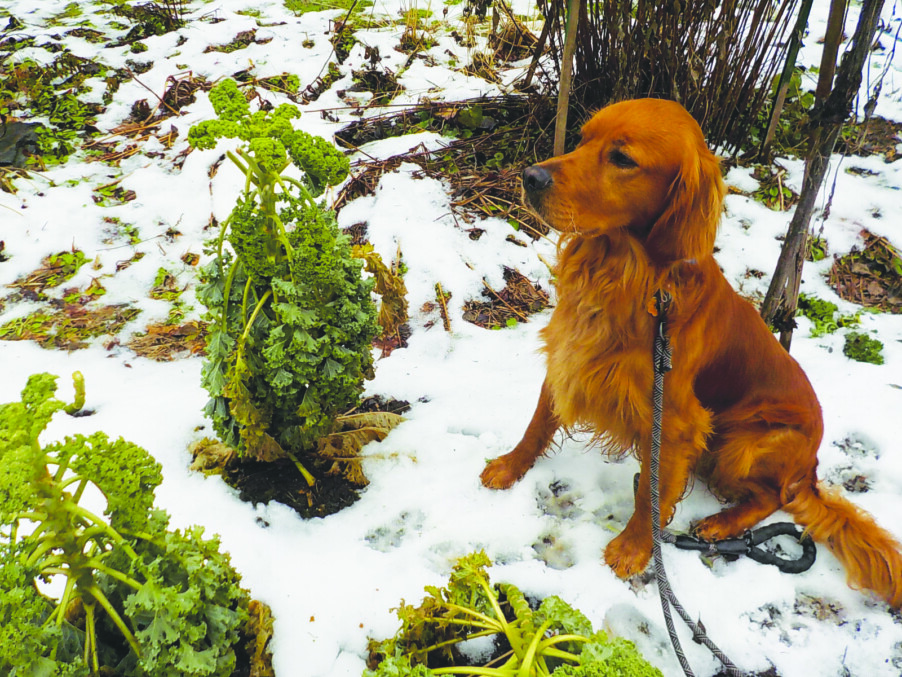Holiday gift festival features New England-made items
On Saturday, Dec. 9, and Sunday, Dec. 10, the group that brings us the Made in New Hampshire Expo debuts the Very Merry Holiday Gift Festival at the DoubleTree by Hilton, a rebranding of The Made in New England Expo. As before, the event will feature nearly 100 vendors from around New England showcasing and selling local and handmade products such as jewelry, dog treats, candles and cookies, this time with a festive flair.
“We wanted to bring in a bit more of the holiday element [and] have more interactive things going on in addition to our vendors,” said Christine Carignan, one of the owners of Granite Media Group, which puts on the event. “We’ve done a big rebrand with it, hoping that will get people in the holiday spirit and get them coming to the show.”
Christmas additions include visits from Santa from 1 to 3 p.m. and holiday crafts all weekend with Mrs. Claus as a visitor from 1 to 3 p.m. Gingerbread Amy will be giving gingerbread house demonstrations, and there will be a caricature artist each day from 11 a.m. to 2 p.m., live performances by The Funky Divas of Gospel and Northern Voices A Capella, and puppies from Live and Let Live Farm.
“We have a special kids-only shopping area and we’re calling it Candy Cane Corner,” Carignan said. “We have small [$2] items just for kids to go shopping for things for mom and dad or friends or their siblings, and our plan is to donate the proceeds to a local children’s charity from that shopping area.”
Vendors will be juried under stricter criteria this year to ensure the products and vendors align with the purpose of the event, as they will be for the Made in New Hampshire expo in the spring.
“It’s somewhat similar to what we’ve done in the past but we’ve gotten a bit more strict about it,” Carignan said. “We really wanted to curate a show where it’s really handmade or locally made products … [and] we really wanted to make the focus of this about the gifts and about locally made items that people can come and buy for everybody on their holiday list. We’ve really focused [in on] that. … We try to keep an eye on the different categories of vendors [so] that we never have too many of one particular kind … that way there’s a big variety available.”
Vendors include Lindsey Bangs of I Whisked it — who will bring sweet treats like homemade marshmallows, hot chocolate bombs, chocolate-covered pretzels, oreos and German stollen and will be offering cake preorders — Stark Brewing Co., Barkin’ Biscuit from Bedford with handmade dog treats made with human grade ingredients as well as organic fruits and vegetables, FireFlight Photo with high end nature and wildlife photography and so much more.
“The goal of our festival is aligned with the mission of our company, which is always to celebrate and elevate businesses,” Carignan said. “We want to be able to highlight the unique items that are available in our little corner of the country. … We want people to have fun and find unique gifts for everyone that [they] need to shop for and for themselves too.”
Very Merry Holiday Gift Festival
When: Saturday, Dec. 9, and Sunday, Dec. 10, from 10 a.m. to 4 p.m.
Where: DoubleTree by Hilton, 700 Elm St., Manchester
Cost: Tickets are $7 for adults, $6 for seniors age 65+ and free for children under 14. Purchase online or at the door.
Visit: verymerryfestival.com
Featured image: Previous Made in New England Expo. Courtesy photo.





